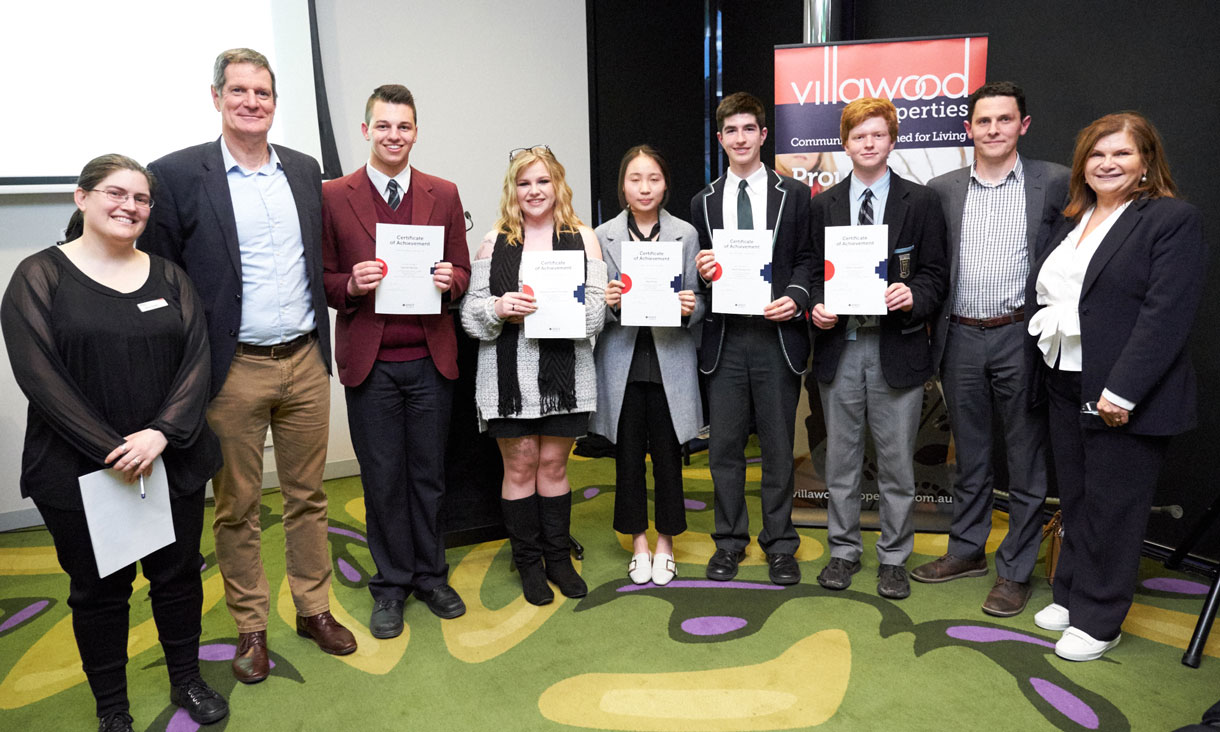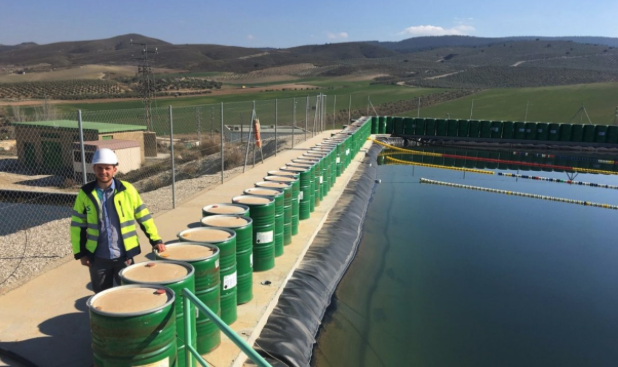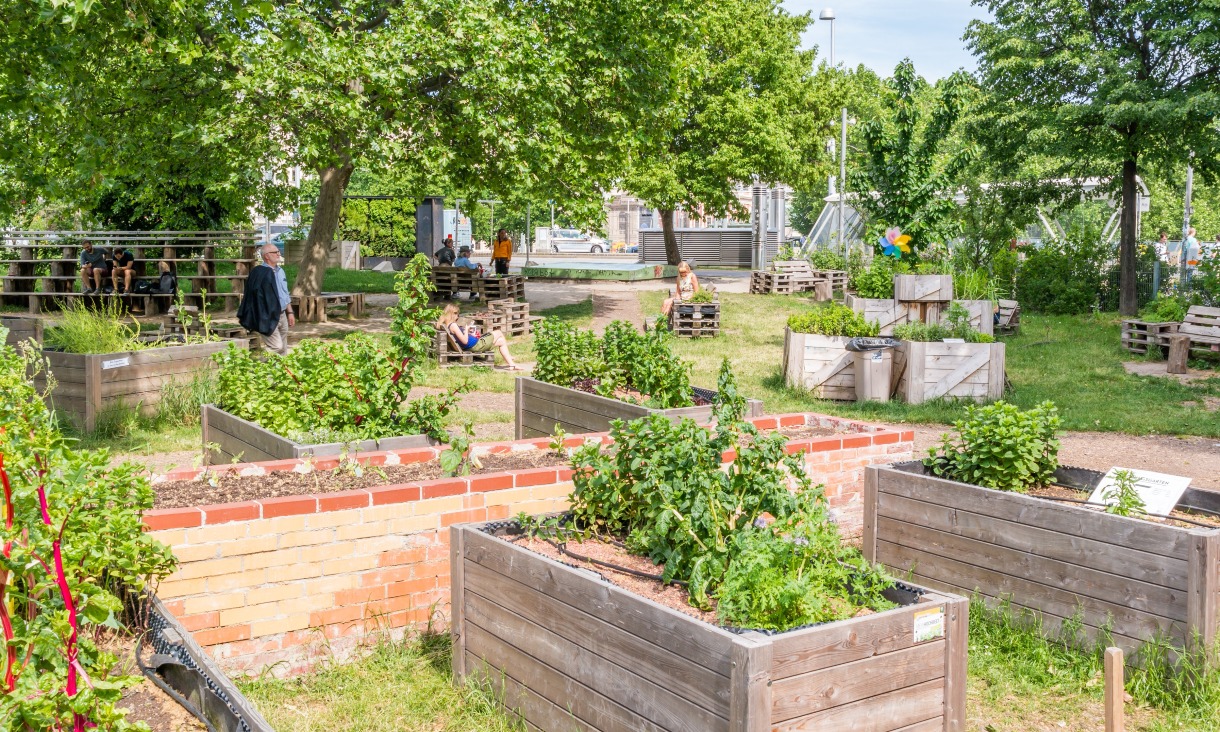Every year, RMIT’s Urban Futures Competition encourages secondary college students with a passion for geography to submit their ideas on how to make Victoria a liveable place for all.
Year 12 student at the Distance Education Centre Victoria, Kathleen Harris-Schober, won first place, taking home $500 for her encouragement of mandatory “green spaces” in Melbourne’s urban sprawl.
Harris-Schober stressed that these green spaces could improve the mental and physical wellbeing of apartment residents, absorb heat and improve air quality in the city.
In second place was Daniel Graydon, a year ten student from Huntingtower School, who was also awarded the annual Bicycle Network Prize.
Graydon won $300, a POC helmet and Reid Cycle Lights for his submission, which suggested parked cars should be banned from bike lanes.
Graydon said his solution would reduce the number of road fatalities and improve the general population’s health because cyclists would no longer have to swerve into traffic and more would be encouraged to bike for transport.
Third prize-winner was Daniel Nicolo from Marymede Catholic College, while Oscar Illington, a year ten student from Geelong College, took fourth place.
Nicolo put forward the need for public transport between South Morang and Whittlesea, and Illington proposed reviving central Geelong as a thriving city centre.
The Presbyterian Ladies College’s May Song also won the 350 Australia Prize for best climate-related entry, with her idea to give welfare to those who build eco-friendly sites as they can minimise Melbourne’s “heat island effect”.
Cathryn Kriewaldt – Associate Lecturer in Global, Urban and Social Studies – said this year’s entries showcase how some young people of today are well informed about the problems facing our cities.
“The 2017 winning proposals are testament to the next generation of students and their capacity to engage with environmental, planning and geographical challenges, like climate change and population growth in cities,” she said.
“The Urban Futures Competition is a great opportunity for high schoolers to actively participate in thinking about the future liveability and resilience of Melbourne.”
Story: Jennifer Park





